Birds have long been nature’s most reliable calendar, their seasonal comings and goings marking the rhythms of our planet with remarkable precision. For generations, birdwatchers have anticipated the arrival of migratory species within predictable windows of time. But today, these avian schedules are being dramatically altered by climate change. As our planet warms, birds are responding by shifting their migration patterns—some arriving earlier in spring, others delaying their fall departures, and some changing their routes entirely. For serious birdwatchers and casual enthusiasts alike, understanding these changes is crucial not only for successful birding but also for comprehending the broader ecological transformations unfolding before our eyes.
The Science Behind Shifting Migration Patterns
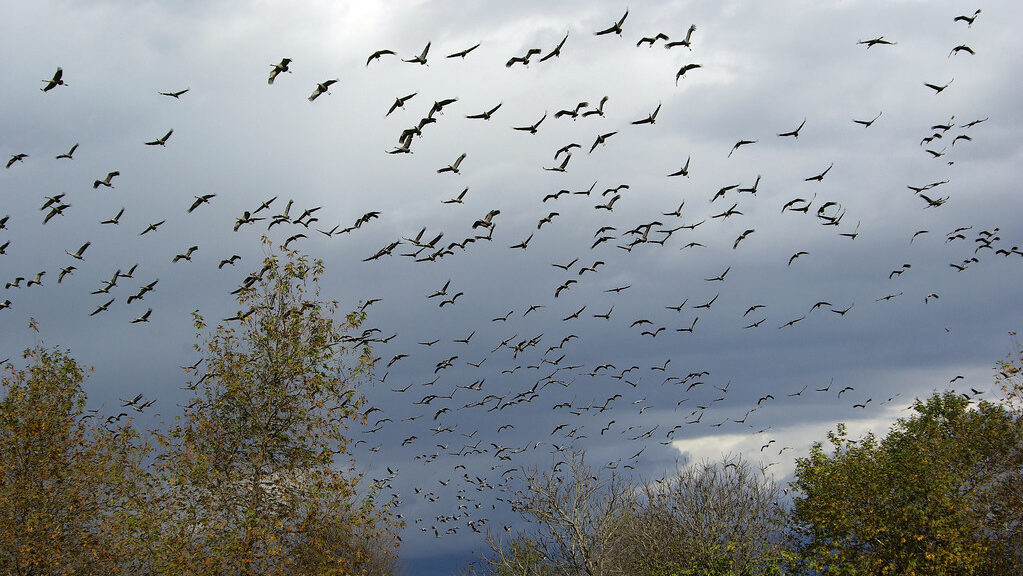
Birds have evolved exquisitely precise timing for their migrations, traditionally cued by factors like day length, temperature patterns, and food availability. As global temperatures rise, these environmental signals are becoming increasingly misaligned with their historical norms. Research published in journals like Nature and The Auk has documented average advancement of spring migration by 2-5 days per decade in many North American and European species. These shifts occur because warmer temperatures trigger earlier spring vegetation growth and insect emergence, prompting birds to adjust their arrival times to match peak food availability. However, not all species can adapt at the same rate, creating potential ecological mismatches that disrupt feeding and breeding success.
Earlier Spring Arrivals of Tree Swallows
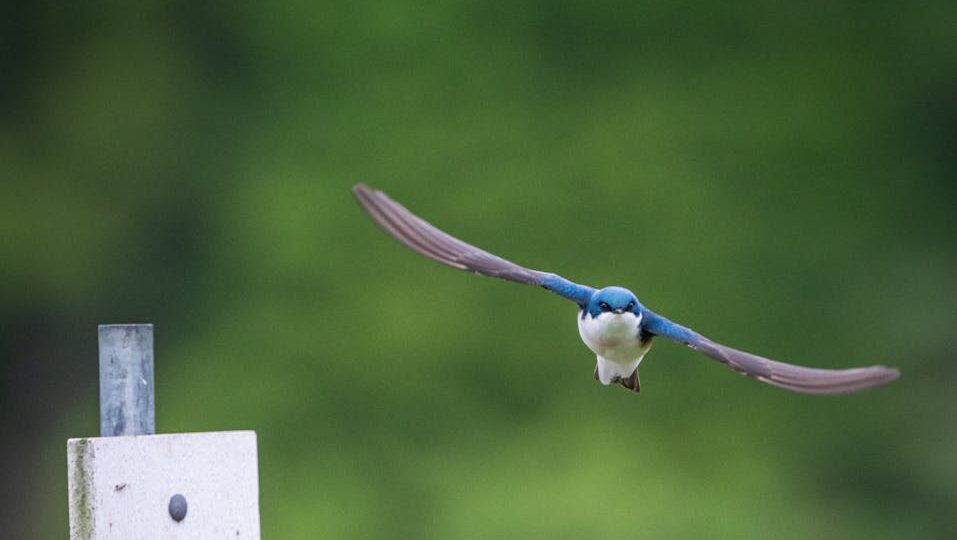
Tree Swallows (Tachycineta bicolor) have demonstrated one of the most dramatic responses to warming temperatures, with spring arrivals now occurring up to two weeks earlier than they did in the mid-20th century. These aerial insectivores time their migrations to coincide with insect hatches, which are themselves temperature-dependent. A landmark 2007 study documented that Tree Swallows across North America have advanced their arrival dates by approximately 9 days since the 1960s. For birdwatchers, this means preparations for Tree Swallow monitoring and nesting box maintenance should begin earlier, typically in late February in southern regions rather than mid-March. The birds’ earlier arrivals also create potential vulnerability if late cold snaps temporarily eliminate their flying insect food sources.
Delayed Fall Departure of American Robins
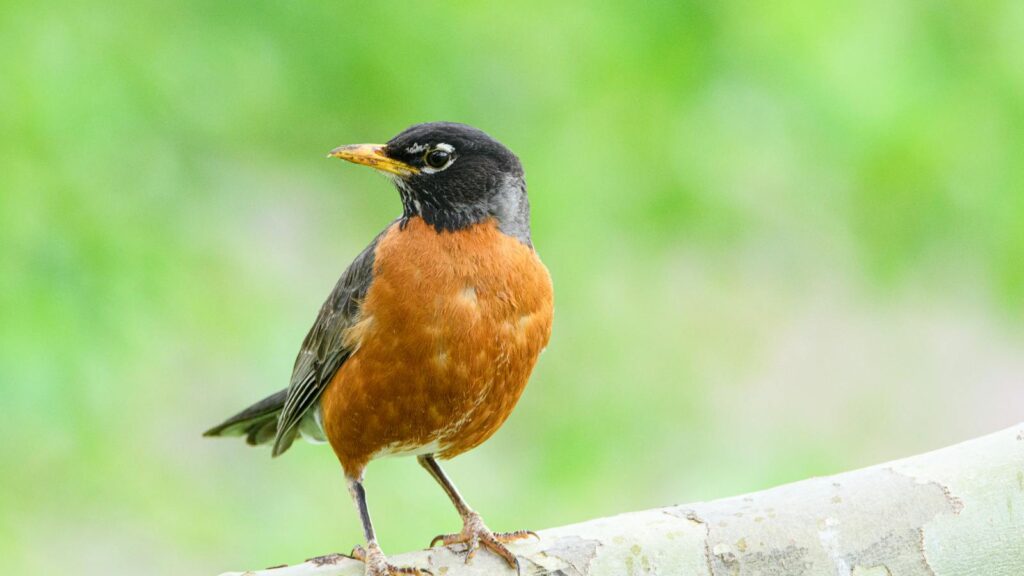
American Robins (Turdus migratorius) have significantly altered their fall migration patterns in response to warming trends. While historically these familiar backyard birds would largely depart northern regions by mid-October, many populations now remain until November or even December in areas with milder winters. Research from the Cornell Lab of Ornithology has shown that robins’ fall departures have been delayed by approximately 12 days since the 1980s in some northern U.S. states. This shift is attributed to extended growing seasons and food availability, with warmer temperatures allowing robins to forage for fruits and invertebrates later into the year. For birdwatchers, this means winter robin sightings in northern areas no longer necessarily represent separate resident populations but may include individuals delaying their southward journeys.
Red-winged Blackbirds’ Advancing Spring Migration
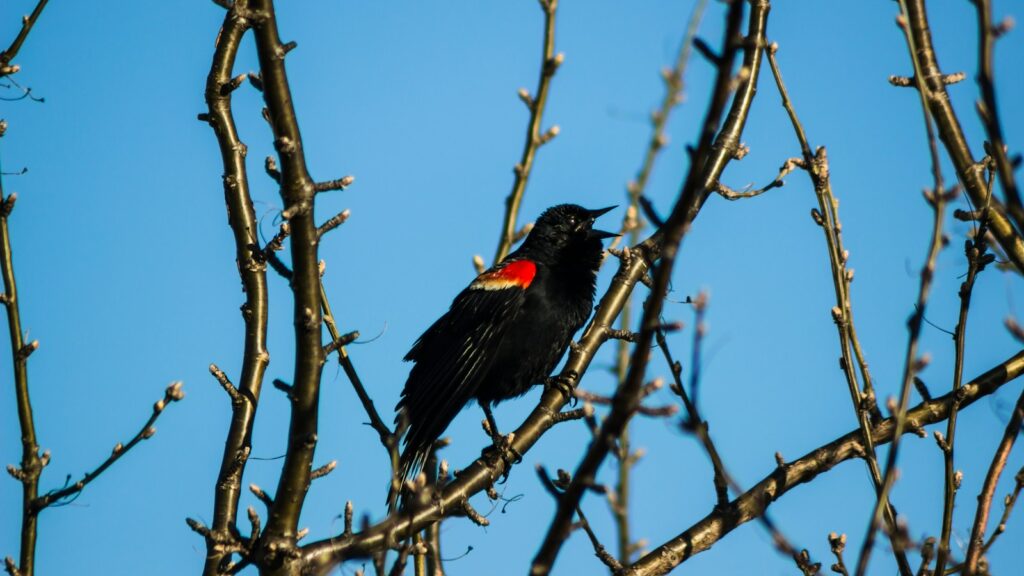
Red-winged Blackbirds (Agelaius phoeniceus) have demonstrated consistent advances in their spring arrival dates throughout North America. According to data from the North American Bird Phenology Program, these conspicuous marsh dwellers now arrive at breeding grounds approximately 5-12 days earlier than they did in the 1960s. This shift appears closely tied to earlier ice-out dates on ponds and wetlands, which makes nesting territories and food resources available sooner. Birdwatchers should now expect to hear the distinctive “conk-la-ree” calls of territorial males in late February or early March in mid-latitude states, rather than the traditional mid-March timeframe. This earlier arrival also means that prime photography and observation opportunities for their dramatic territorial displays now occur several weeks sooner.
Barn Swallows’ Compressed Migration Window
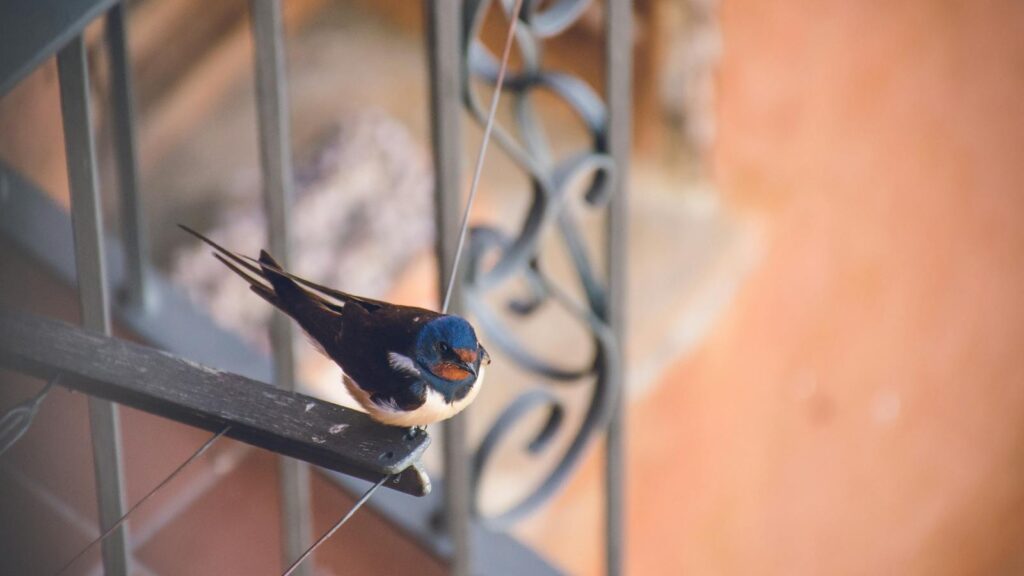
Barn Swallows (Hirundo rustica) have responded to climate change with not only earlier spring arrivals but also a more compressed overall migration window. Studies across Europe and North America indicate that the gap between first arrivals and the peak migration period has narrowed by approximately 30% since the 1980s. This concentration of movement means birdwatchers now have a shorter but more intense period to observe peak migration numbers. Data from bird observatories show that in many regions, the primary spring migration period has shifted from a 4-5 week window to just 2-3 weeks, typically occurring in early to mid-April rather than late April to early May. This compressed timing affects breeding success as well, with implications for population monitoring efforts that birdwatchers often participate in.
Eastern Phoebe’s Extended Breeding Range
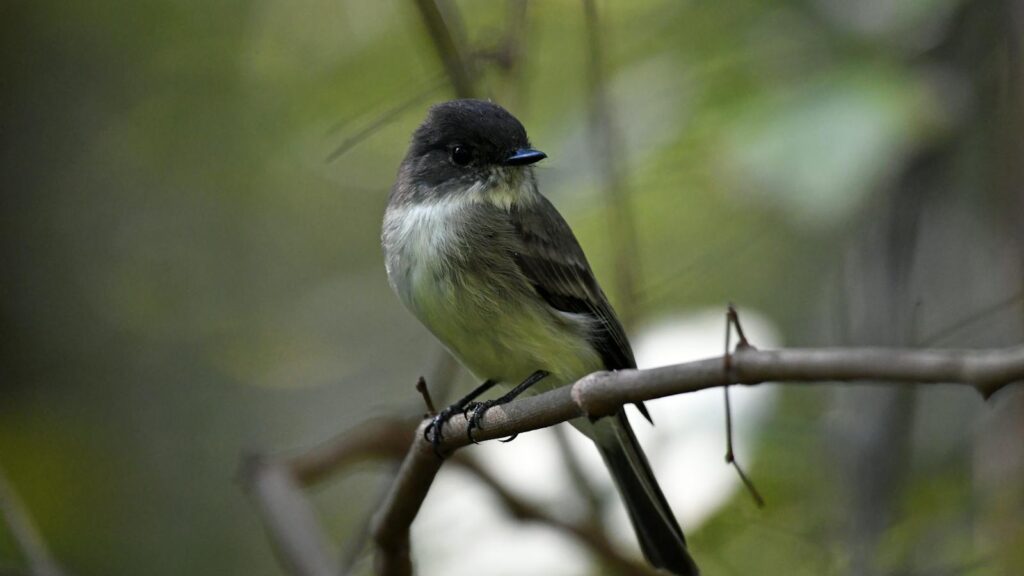
Eastern Phoebes (Sayornis phoebe) have pushed their breeding range significantly northward as warming temperatures make higher latitudes more hospitable. These early-migrating flycatchers now regularly breed up to 200 kilometers farther north than their historical range limits of the 1970s. Long-term data from the Breeding Bird Survey shows that phoebes now arrive at northern breeding grounds up to 14 days earlier than they did fifty years ago. For birdwatchers in southern Canada and the northern United States, this means opportunities to observe nesting behaviors in areas where the species was previously only seen during migration. Additionally, the birds’ distinctive “fee-bee” calls can now be heard in late March in areas where April arrivals were once the norm.
Wood Thrushes’ Narrowing Migration Window
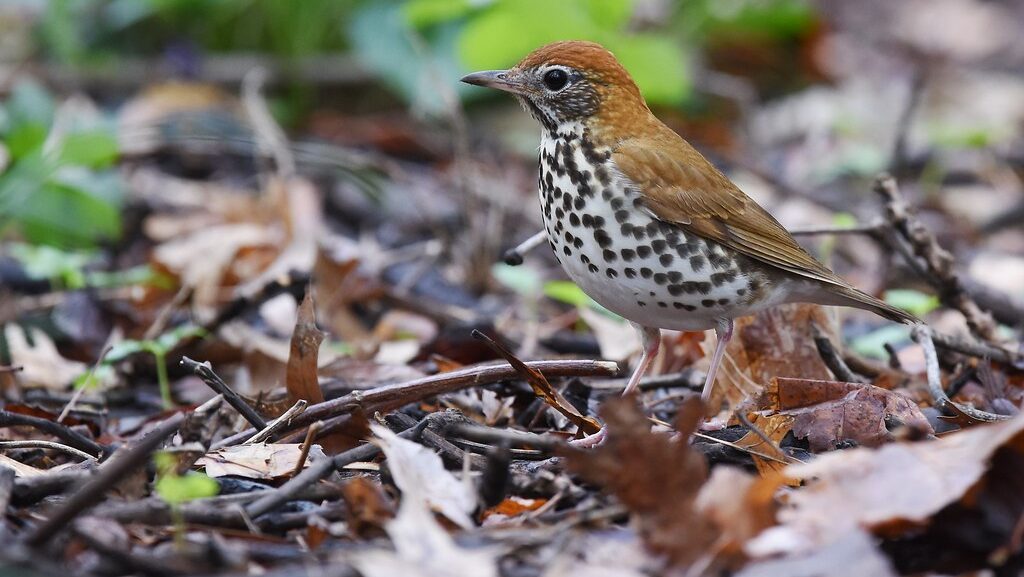
Wood Thrushes (Hylocichla mustelina), beloved for their flute-like songs, have shown concerning changes in their migration patterns that every birdwatcher should be aware of. Research published in Global Change Biology indicates that their spring migration window has narrowed by approximately 7-10 days since the 1980s, with populations now arriving more synchronously at breeding grounds. This compression appears linked to changing rainfall patterns in their Central American wintering grounds and warming spring temperatures in North America. For birdwatchers, this means the prime listening period for their ethereal dawn and dusk choruses is more concentrated, typically from late April to early May in the eastern United States. This narrowed window also makes the species more vulnerable to extreme weather events during migration, potentially explaining some of their concerning population declines.
Yellow Warblers’ Earlier Breeding Timeline
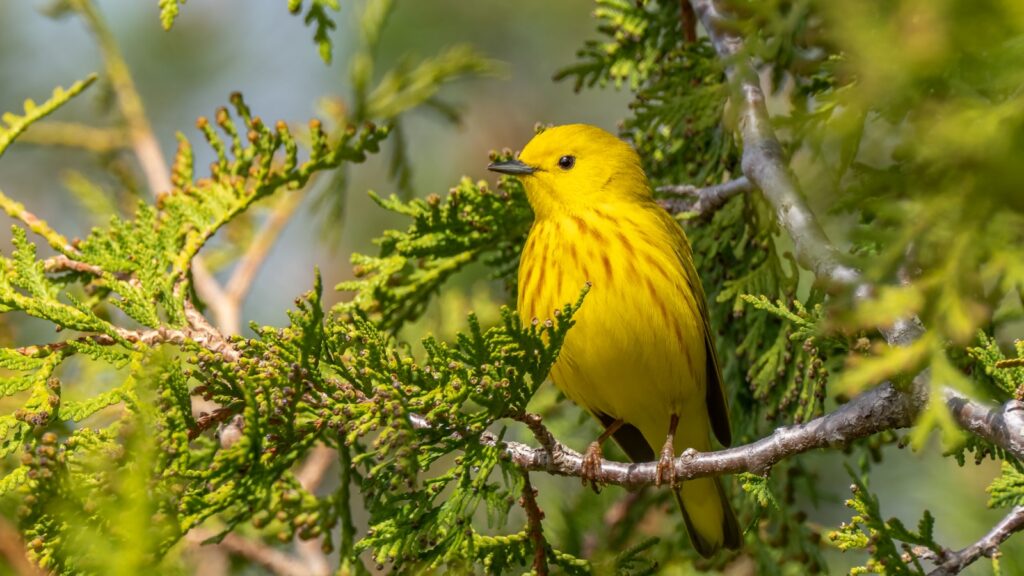
Yellow Warblers (Setophaga petechia) have advanced their entire breeding timeline in response to earlier spring conditions. Studies from the Migratory Connectivity Project show that these bright harbingers of spring now arrive at breeding grounds 5-8 days earlier than in the 1970s, with correspondingly earlier nest building and egg-laying. This shift means birdwatchers need to adjust their expectations for peak warbler watching periods, particularly in migration hotspots. The golden window for observing Yellow Warblers in most of the United States now falls in late April to early May, rather than the traditional mid-May period that many guidebooks still reference. For photographers, this also means planning ahead to capture their breeding displays and nesting behaviors, which now often conclude before the traditional peak summer birding season.
Ruby-throated Hummingbirds Racing North
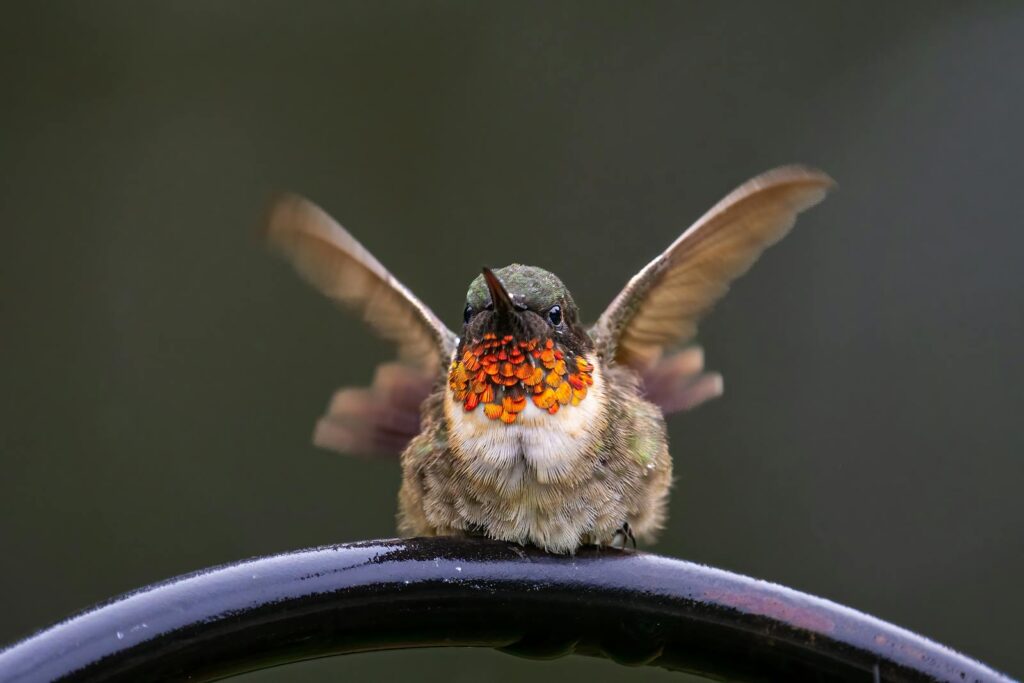
Ruby-throated Hummingbirds (Archilochus colubris) have dramatically accelerated their spring migration pace in a climate-driven race northward. Citizen science data from Journey North and hummingbird monitoring networks reveal that spring arrival dates have advanced by approximately 11-15 days since the 1980s. This remarkable shift means hummingbird enthusiasts should prepare feeders several weeks earlier than traditionally recommended. In the southeastern United States, first arrivals now regularly occur in late March rather than mid-April, while northern states may see hummingbirds in late April instead of mid-May. Interestingly, fall departures haven’t shifted as dramatically, resulting in an extended overall breeding season that provides more observation opportunities but also requires longer commitment to maintaining feeders.
Greater White-fronted Geese’s Delayed Southward Migration
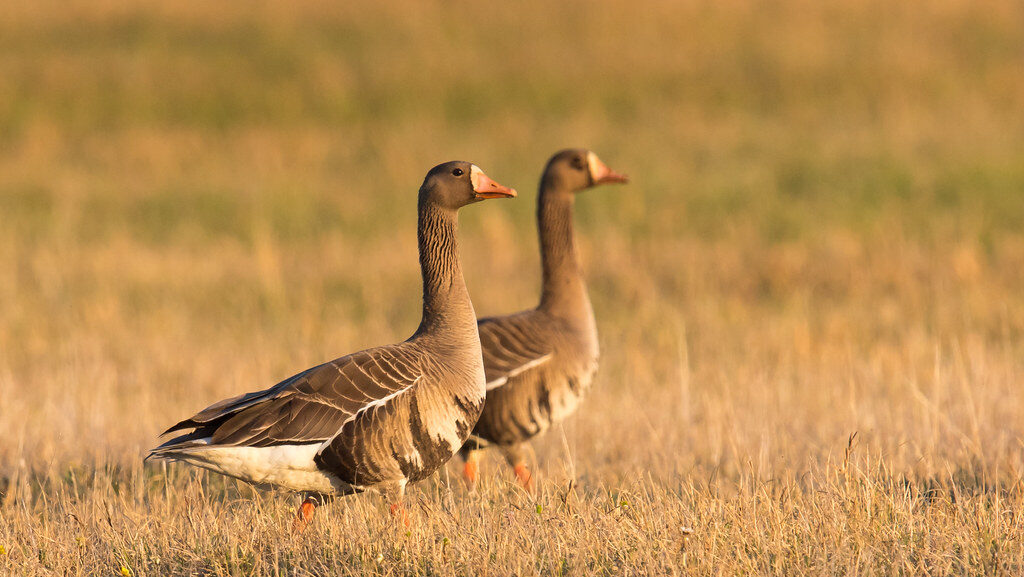
Greater White-fronted Geese (Anser albifrons) exemplify how warming trends are delaying fall migrations of many waterfowl species. Research from the U.S. Fish and Wildlife Service’s waterfowl surveys documents that these distinctive geese now depart their Arctic breeding grounds 2-3 weeks later than they did in the 1970s. This delay creates a cascading effect throughout their migration corridor, with peak numbers at traditional stopover sites now occurring in November rather than October. For birdwatchers planning trips to renowned wildlife refuges along the Pacific or Central Flyways, this shift necessitates adjusting visiting schedules to later in the fall. The delayed migration also means that the spectacular mass arrivals at wintering grounds in California’s Central Valley and the Gulf Coast now peak closer to December, providing pre-holiday rather than autumn viewing opportunities.
Baltimore Orioles’ Disrupted Migration Synchrony
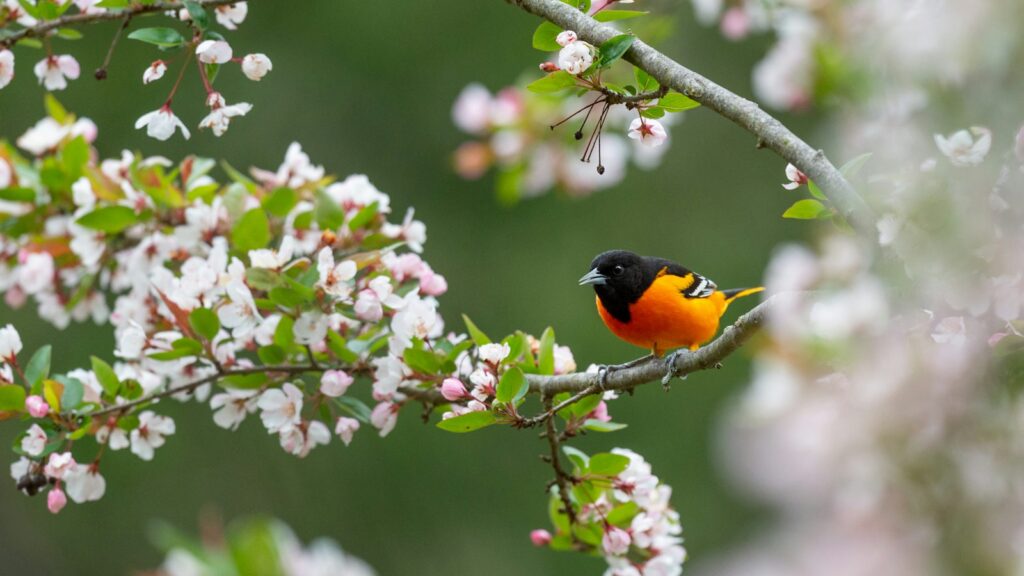
Baltimore Orioles (Icterus galbula) are experiencing a concerning disruption to their historically precise migration timing. Long-term banding studies show that while spring arrivals have advanced by approximately 7 days since the 1980s, this shift hasn’t occurred uniformly across age and sex classes. Adult males now typically arrive 10-14 days ahead of females and younger birds, substantially longer than the historical 5-7 day gap. This desynchronization creates challenges for successful breeding and makes traditional “first sighting” dates less reliable indicators of peak migration. For birdwatchers, this means extending oriole feeding efforts over a wider window and recognizing that the brilliant orange males may be present for weeks before the full population arrives. Citizen science initiatives like eBird have been instrumental in documenting this phenomenon, highlighting the valuable role birdwatchers play in tracking these climate-driven changes.
How Birdwatchers Can Adapt and Contribute

As migration patterns continue to shift, birdwatchers can both adapt their practices and make valuable contributions to conservation science. Participating in citizen science platforms like eBird, Project FeederWatch, and migration tracking programs provides essential data for researchers studying these changes. Birdwatchers should consider keeping personal phenology journals to document first arrival dates and peak migration periods in their local areas, creating valuable localized datasets that complement broader scientific efforts. Adapting feeding practices to match new migration windows is also important, such as maintaining hummingbird feeders earlier in spring and later in fall. Additionally, birdwatchers can engage in advocacy efforts supporting climate policy and habitat conservation, helping to create resilient landscapes that provide resources for birds as they navigate these unprecedented changes in their annual cycles.
Conclusion
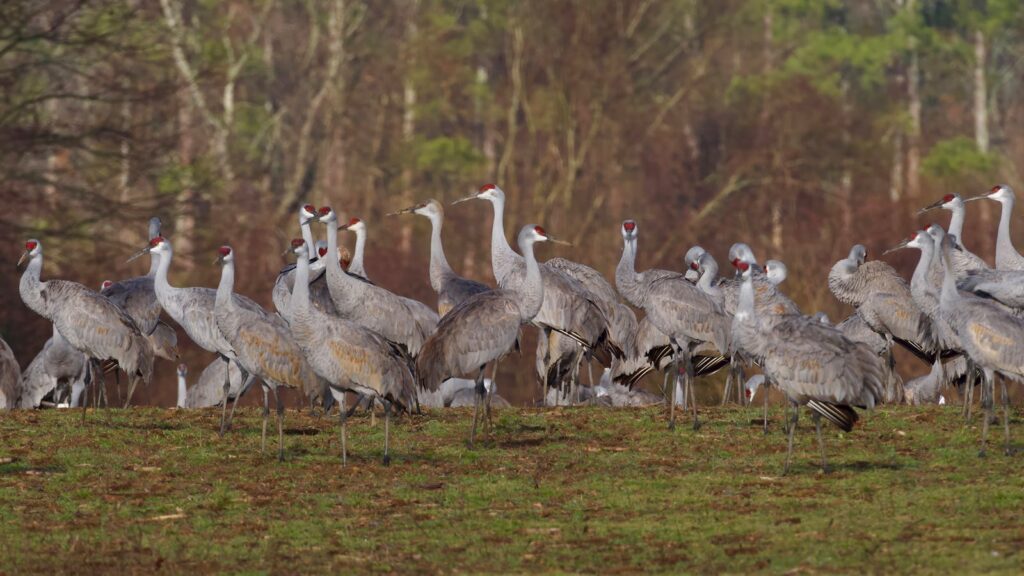
As our planet continues to warm, the age-old rhythms of bird migration will likely experience further disruptions. These shifts represent not just changes in birdwatching calendars but profound biological responses to our changing climate. For today’s birdwatchers, there’s both challenge and opportunity in these new patterns—the need to update traditional knowledge, but also the chance to witness and document ecological history in the making. By paying close attention to these altered migration schedules and contributing observations to scientific efforts, birdwatchers become not just hobbyists but essential chroniclers of a rapidly changing natural world. In adapting our expectations and practices, we not only improve our birding experiences but also deepen our understanding of how climate change is reshaping the intricate tapestry of life on Earth.
